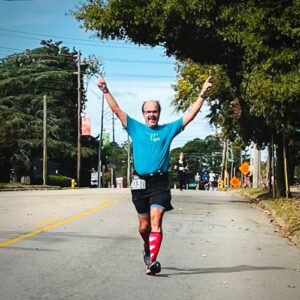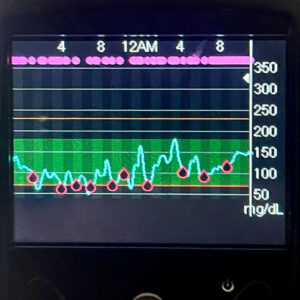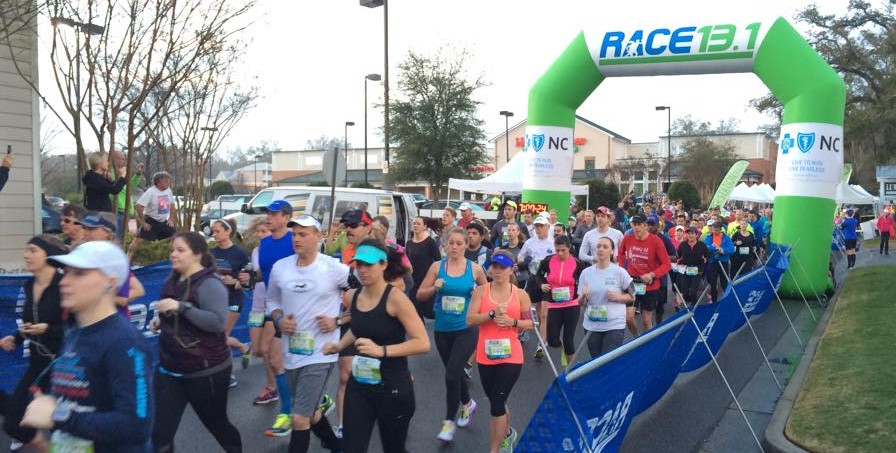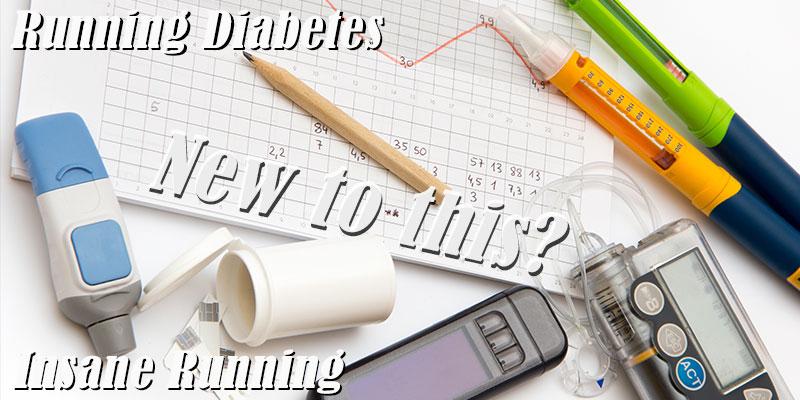Running Diabetes: 10 initial things to consider with to T1D and running
I am a Type 1 diabetic runner, which means that I am insulin-dependent diabetes which I receive in specific doses using an insulin pump. I am not a doctor or in any medical field. What I am sharing is based on personal growth, learning, and experience.
The intention of this post is not going to cover what diabetes is or the difference between the types and other general stuff here. In addition to your doctor and medical support team, there are plenty of places with really good information available, you can take a look at sites like The American Diabetes Association, WebMD, TuDiabetes, and others. Here I will like to talk about my experiences and how I manage my sugars and diabetes while training, running, and racing.

Since we are getting ready for fall and you might have already decided that you would like to do some additional or start doing some activities to exercise more, like the 100-miles in October challenge. Whether you are a new, beginner, or veteran healthy living individual, the following getting started 10-items to consider will provide you a view on how I do/started active living and diabetes:
1) Do you have a support group? Who is in your support group? This could be family, relatives, friends, runners, co-workers, focus groups, online communities, or other individuals that care about or help you with being a diabetic. Are you getting the benefits and advantages of your existing support group? Take a tally of your support group and, depending on your list, get active with them or expand your support group. Have a conversation, and share ideas, challenges, and approaches to handling the different situations that diabetes might expose you to during physical activity.
2) If you are new to diabetes, get in touch with an endocrinologist or a diabetes specialist – That will be better than just your primary doctor; that way, you can stay on top of new medication, adjustments, and approaches to managing diabetes. Share your plans and intention for increased activity and listen to the possible advice and recommendations.
3) Find out and get your Why’s? written down. Any why questions you have encountered? Believe me, since we are all an experiment of one, nothing is too small, insignificant, or strange. The worst thing that can happen is that you or your support group does not know the answer to why you are doing this or that. Or why do you want to do this or that. These why questions and reasons are a great opportunity to expand your knowledge, solidify your intention, and be prepared for the future.

4) Now that you have some whys, the next step is the what if? Start thinking about the what if ahead of time. Given the information you have, build a list of scenarios that you might encounter and think about how you would handle those. What if my glucose readings a low? What if they are trending up? What if the insulin pump stops working? What if you run out of battery power on your meter or pump?
5) Do a pre-mortem exercise and list the possible reason that will prevent you from being active. For each one of those, prepare an action plan on how you will tackle them. An example is that you might need to head out very early in the morning and might not have enough time to get ready for work or school. List all the things you can get ready the night before, clothes to wear, running shorts, shoes, and socks too. Any pre-breakfast items that could just be ready so you do not have to spend time in the morning? Set your morning alarm just a tad earlier, perhaps 5 or 15 minutes? Reduce the friction of what you want to accomplish and remember the reasons why you want to be active.
6) Log, log, log, and log some more. Whether it’s just the glucose readings, mileage on your shoes, how you felt, journaling, or food intake. The more you log/write it down, the better thinking and troubleshooting you will be able to do. You will be able to reflect on what went well, what did not, and things that did or did not make any difference. Digital, on paper, journal, or calendar, it does not matter as long as you take on a habit of reflecting and learning insights from it.
7) Knowledge, growth, and increased expertise takes time. Have a growth mindset mentality, and learn new concepts and approaches in small bites/sections. It takes several years to become an expert at anything, regardless of the area of expertise you are pursuing, and diabetes is no exception. You will start acquiring knowledge and become a mini “expert” at healthy food choices, exercise, ingredients, glycemic index, and many other diabetes-related things. Enjoy the process and remember that what works for others might not necessarily work for you, be flexible and stay curious.
8) Not all the info and recommended changes that you are going to get access to are going to fit well with your lifestyle. Instead of making too many changes at any given time, pick a few that will start making a difference in how you approach your diabetes management. Exercise will take some time to get used to it and create a habit. Pay attention to those small but important clues that are left there for you to consider and be proud of. Like being able to do yardwork for longer. Or being able to take one more flight of stairs without being winded. Or feeling a little bit more energetic in the morning, or feeling more rested. Those little things will accumulate, and soon you will be able to remember how completing that 1st run or the time you completed a single mile or lap on the track, all while perhaps finishing your 5k event or longer distances.

9) Everything is not going to work out perfectly, at the start, taking those small breaks and slowly inching your way to your goals might be the way to go. Remember the whys and the what-if scenarios. Learn from the new experiences, adjust and take notes. Think about what worked well pre-, during, and after the activity and training. What foods worked well. Life is a long journey, and it is best to experience it and get the most out of it.
10) Remember step #1. Never forget your support group is there for you. If you are having a setback, think, communicate and share with your support group. You are not alone; we all get or experience setbacks. We all had many someones who helped us out along the way. Some might of helped us get back on track, others just a sounding board while we reflect and re-organize our approach.
We are all an experiment of one where continuous learning and adjustment are the norms. Hope that these ten items will help you just to make the choice to start active living.
Happy Running

